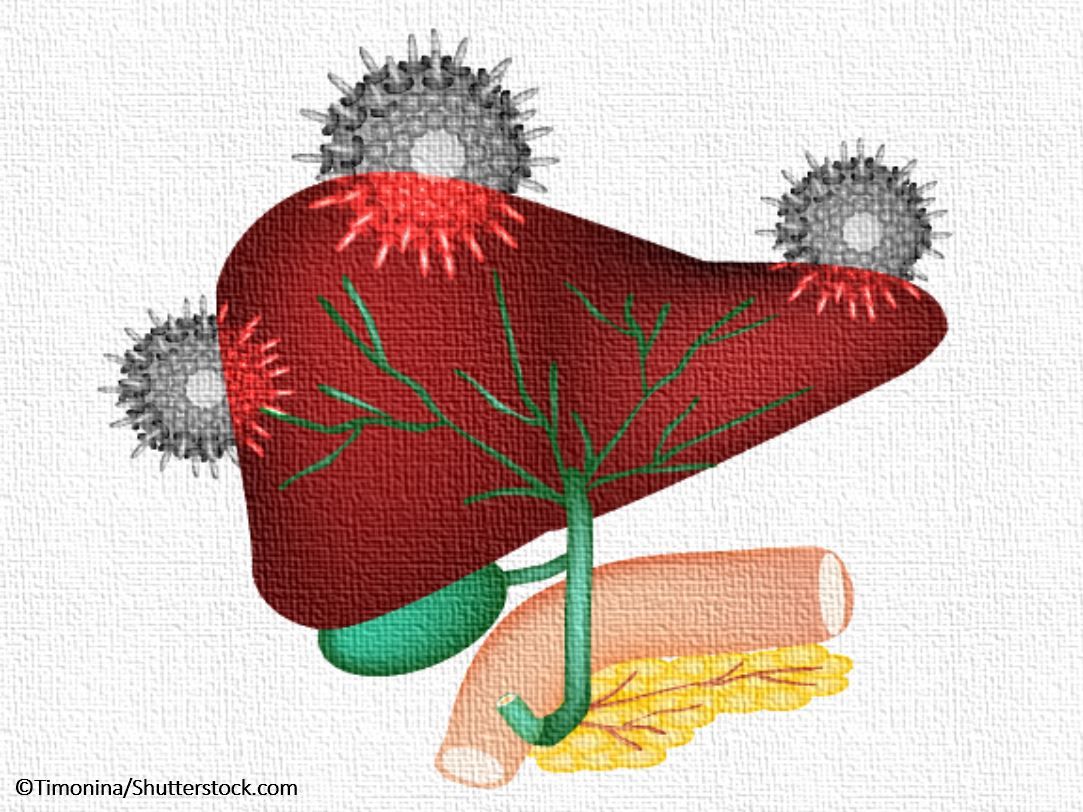- Clinical Technology
- Adult Immunization
- Hepatology
- Pediatric Immunization
- Screening
- Psychiatry
- Allergy
- Women's Health
- Cardiology
- Pediatrics
- Dermatology
- Endocrinology
- Pain Management
- Gastroenterology
- Infectious Disease
- Obesity Medicine
- Rheumatology
- Nephrology
- Neurology
- Pulmonology
Hep C Quizlet: 5 Short Questions
These 5 questions on HCV infection are a quick brush-up on disease basics and treatment.

This 5-question quiz on the hepatitis C virus infection will be a quick brush-up on disease basics and treatment.
Question 1.
Please click below for answer and next question.
Answer: C. Genotype 3
About 10% of hepatitis C virus infections are genotype 3. In comparison to other HCV genotypes, genotype 3 has beenassociated1with a greater risk of end-stage liver disease, hepatocellular cancer, and liver-related death, as well as accelerated progression of fibrosis. Genotype 3 generally has been considered the most difficult HCV genotype to treat, particularly in patients with cirrhosis or those who failed to achieve sustained virologic response on prior treatment. Patients with genotype 3 will require a longer course of therapy for some combination antiviral therapies.
Question 2.
Please click here for answer and next question.
Answer: C. Baby Boomers
Baby boomers, or those individuals born between 1945 and 1965, represent about three-quarters of the 3.2 million people with chronic HCV infection in the United States. Rates of HCV infection in this birth cohort are 5 times as high as in other adults. As a result, one-time HCV screening is recommended for all individuals born between 1945 and 1965. If widely implemented, that strategy could identify 800,000 infections and avert 120,000 deaths related to HCV, saving up to $7 billion in costs related to treatment of liver disease.
Question 3.
Please click below for answer and next question.
Answer: A. Injection drug use
Among established risk factors for HCV infection, injection drug use is the most important, according to HCV screening guidelines.2 Up to 60% of new HCV infections are seen among individuals who report that they have injected drugs within the past 6 months. However, long-term hemodialysis and incarceration are also established risk factors. Blood transfusions are typically not a concern today as a result of improved screening programs for donated blood, but individuals who received blood transfusions prior to 1992 are at risk.
Question 4.
Answer: A. 12 or B. 24
The main goal3 of HCV treatment is to cure the infection. Achieving a sustained virologic response-that is, serum HCV RNA below detectable limits-for either 12 weeks (SVR 12) or 24 weeks (SVR 24) is effectively considered to be a cure, as patients who reach this end point have a very low risk of late relapse. After SVR is achieved, liver enzymes tests typically normalize and liver function improves.
Question 5.
Please click here for answer.
Answer: A, B, and C
Combination antiviral therapies suitable for all genotypes of HCV are referred to as pangenotypic. These regimens may simplify treatment by removing the requirement for genotype typing and subtyping, in some cases. However, access to pangenotypic regimens varies depending on practice setting, and for some combinations, the schedule varies by genotype. Some newer regimens with pangenotypic activity include sofosbuvir/velpatasvir, sofosbuvir/velpatasvir/voxilaprevir, and glecaprevir/pibrentasvir. By contrast, grazoprevir/elbasvir (with or without ribavirin) is indicated for HCV genotypes 1 and 4.
References:
1. McMahon BJ, Bruden D, Townshend-Bulson L,et al. Infection with hepatitis C virus genotype 3 is an independent risk factor for end state liver disease, hepatocellular carcinoma, and liver-related death. Clin Gastroenterol Hepatol. 2017;15:431-437.e2. doi: 10.1016/j.cgh.2016.10.012. Epub 2016 Oct 17.
2. Kasting ML, Giuliano AR, Reich RR, et al. Hepatitis C virus screening trends: sereial cross-sectional analysis of the National Health Interview Survey Population, 2013–2015. Cancer Epidemiol Biomarkers Prevent. Published online March 27, 2018. doi: 10.1158/1055-9965.EPI-17-0855.
3. European Association for the Study of the Liver. EASL Recommendations on Treatment of Hepatitis C 2018. J Hepatol. 2018. Article in press. DOI: https://doi.org/10.1016/j.jhep.2018.03.026.
